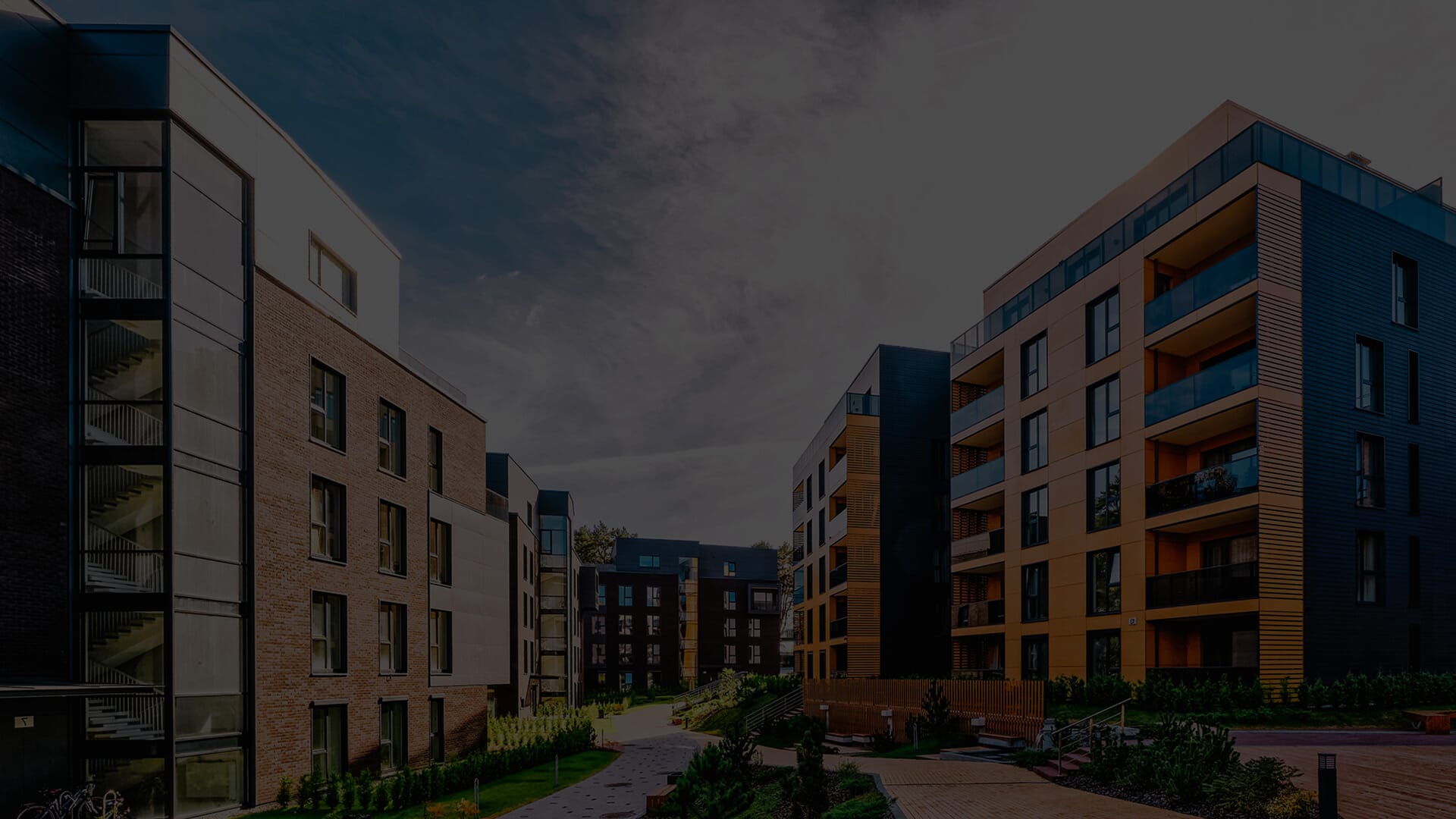 Crédito: Roman Babakin / Shutterstock
Crédito: Roman Babakin / ShutterstockCo-living Prices + Deliverables = How to get a healthy equation?
As a new way of living in the big cities, tenants search for opportunities that combine attractive rental prices, comfortable living and an interesting experience to socialize. Co-living business model has attracted investors around the world, who have been planning strategies to increase operational efficiency, deliver good services and amenities to the target public and increase rental yields.
This was the core of the APAC eMeeting held on July 13th, moderated by Prabhat Kumar Tiwary (Founder, Chairman, Managing Director and CEO, YourOwnROOM) and featured by Co-chairs specialized in the Co-living market in Hong Kong, Indonesia, Cambodia, China, Australia and India: David Abraham, (Co-founder, Outpost), Dominik Wiesent, (Managing Director, Hmlet)Jinglei Chen (Managing Director, BEI Capital), Sampsa Karhunen (COO, Stey), Sascha Harms (Principal, Micronest) and Suresh Rangarajan (Founder & CEO, Colive).
But what to expect from the Co-living scenario in a “new normal life”? How has the pandemic changed the Co-living dynamic?Demand will shift, and so will the criteria for a Co-living search on Google. For example, one of the most searched terms before COVID-19 was “cheap room”. Nowadays, it is “clean room”. People are coming back to the cities, which will promptly increase the demand for co-living. Rental prices are rising, moreover, since people have been working from home, bigger room searches have become a trend.
In terms of supply and demand for BTR, it depends on the region and the value proposition. In some countries, BTR is recent, and there are different business models and developers focused on Co-living in the central areas. Others invest in the remote co-living model in touristic areas. So it is more than a way of living, it is an opportunity to learn more about the region, people, habits and culture.
Some topics to be thought about and related to the new dynamics of Co-living are: How to make it cheaper for the customer? How to make it deliverable, according to the client's expectations and increase the rental yields?
In the central areas or not, there is a huge adhesiveness for co-living communities. It has been attracting more and more people, the home office is a reality that won’t go away and a great portion of the young public prefers this model. So this is a major opportunity: people want to make part of a community more and more.
Co-living operational aspects, architectural design and services are the key points. If someone is working from home, there are plenty of new demands as well.
Getting new contracts will be strictly related to operational efficiency and investment in platforms, and not just platforms for the tenants paying their bills or ordering a service. It can be even more interesting if the operator uses this platform to rate the tenants as a way to generate strategic data to attract investors.
Furthermore, any technological innovation will be welcome. PropTech opportunities seem to be a vast ocean and one of the most important elements in making the business profitable and increasing Co-living deliverables.
Monitoring operational efficiency KPIs is key for protecting business margins and it is always a relevant part of the Co-living business strategy.
As an opportunity for leveraging the revenues, alongside attracting more people and offering additional premium services, promoting events in the property - following the safety guidelines - is a great way to do it. Furthemore, it feeds the relationship with the tenant, who is looking for opportunities to socialize.
Regarding Venture Capital and upcoming movements in the Co-living sector, it seems that the combination of PropCo + OpCo is a trend that will promote more and more acquisitions. It is also a way to make their portfolios bigger, diversified and more profitable.
Some other “must-have” criteria to be highlighted are: location, ESG rules and action plans that promote continuous improvements in this sense, attention to the daily operation, OPEX, and plans to attract more and more tenants. All of this is getting together and is mandatory for making a healthy equation for developers, investors and operations in the Co-living sector.



